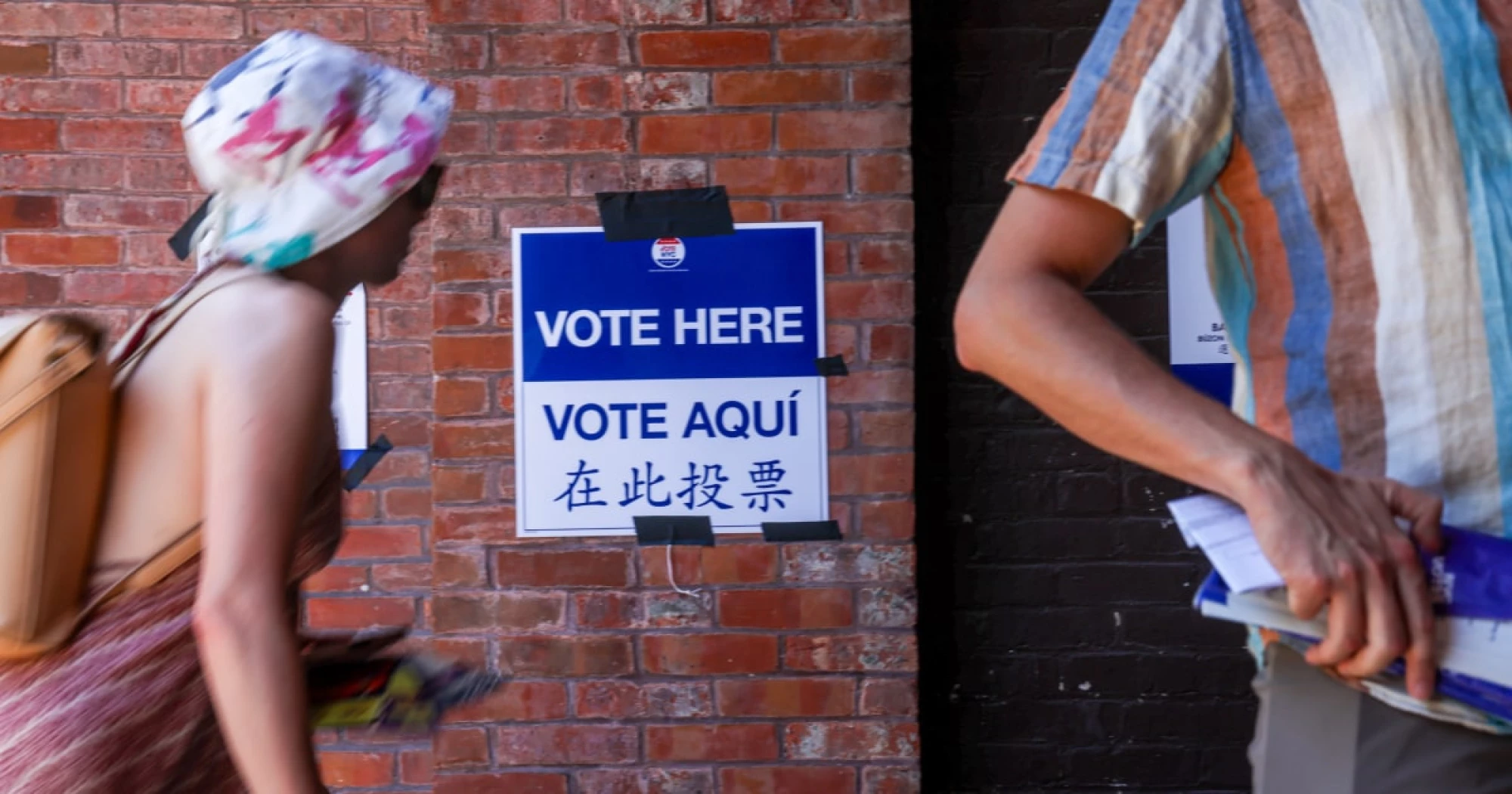New York City's mayoral primary casts bright light on ranked choice voting — and its future nationally

New York City's high-profile mayoral primary this week shined a bright light on the nation’s ongoing experiment with ranked choice voting.
New York City's high-profile mayoral primary this week shined a bright light on the nation’s ongoing experiment with ranked choice voting, reopening the debate over the relatively new, unique and complex system.
New York City is among the 63 jurisdictions — which include cities, states and counties — that have in recent years implemented ranked choice voting for some or all of their elections.
Advocates have argued the system gives lesser-known candidates greater opportunities to compete and encourages politicians to build consensus and broaden their appeal, since voters have the ability to choose more than one name on their ballots.
Critics have pointed out that tabulating ranked choice ballots takes longer and delays final results and contend the system sows confusion among voters.
Tuesday's election may end up providing both sides with fresh data points for their arguments. Final results of the Democratic primary for mayor most likely won't be known until next week, even as former Gov. Andrew Cuomo conceded to state Assemblyman Zohran Mamdani.
Rating: 5